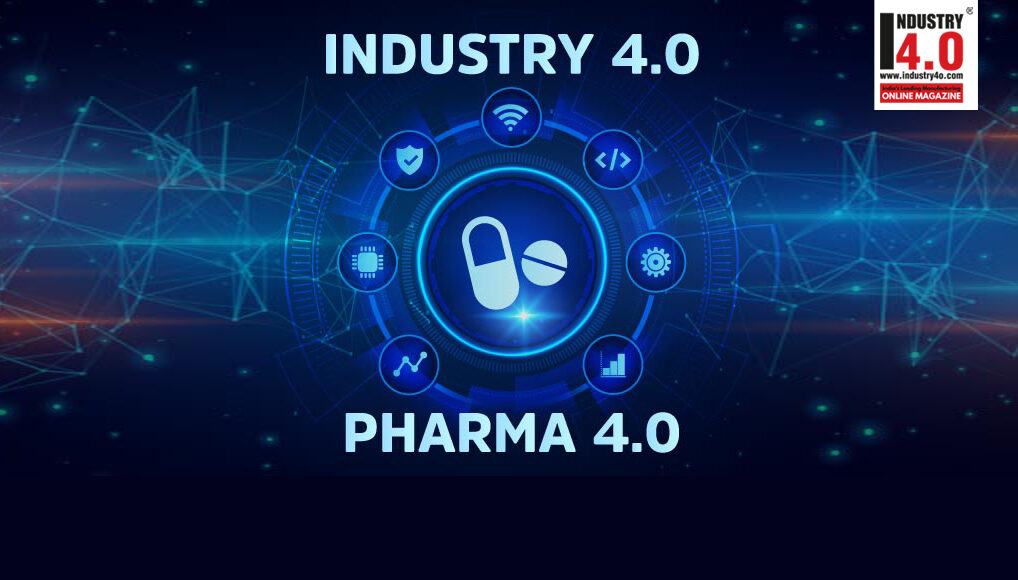What Role Do Digital Twins Play in Pharma 4.0 ?
Digital twins are gaining steam across many manufacturing sectors. These virtual copies of real-world objects and processes can benefit any producer, but some organizations will feel the weight of their impact more than others. In pharmaceutical manufacturing, digital twins will usher in the next phase of innovation — Pharma 4.0.
What Is Pharma 4.0?
Pharma 4.0 is the pharmaceutical-specific application of Industry 4.0, the fourth industrial revolution. Like other Industry 4.0 iterations, it centers around digital technologies like cloud computing, data analytics, the Internet of Things (IoT) and, of course, digital twins.
As one might expect in such a tightly regulated sector, Pharma 4.0 has several distinctions separating it from general Industry 4.0. Notably, implementing health best practices is one of its core tenets, as is an emphasis on health care regulations and proper governance.
The Pharma 4.0 model consists of four main categories:
- Resources, both technological and human
- Information systems
- Organization and processes
- Culture
Other Industry 4.0 applications may focus solely on IT/OT convergence, but the pharmaceutical version views it as a holistic transformation. Consequently, decision-making, traceability and lifecycle management are just as important as technology adoption.
Use Cases for Digital Twins in Pharma 4.0
Now that it is clear what Pharma 4.0 is, digital twins’ role in it becomes clearer. While this technology could fall safely in the “information systems” category, its applications affect the other three areas, too. Here is how.
Product R&D
As in other manufacturing sectors, digital twins can help pharma companies develop new products. In such a heavily regulated industry, though, digital twins’ speed and accuracy R&D boosts are far more impactful.
Digital twins of the human body, pathogens and protein sequences can simulate drug interactions to identify promising possible treatments in record time. This kind of simulation is what let Moderna test 1,000 mRNA sequences a month instead of the 30 possible with conventional methods. This speed reduces drug development costs and can get medicine to people who need it in less time.
Physical health products benefit from digital twins, too. Designing them in digital form enables easier adaptation to new regulations, redesigns and sharing between stakeholders for a more collaborative R&D process.
Process Optimization
Digital twins in Pharma 4.0 can also model entire workflows, not just single items. This lets pharmaceutical manufacturers test new production methods or workflow changes virtually before implementation. Consequently, they can find the optimal way forward without much real-world disruption.
While 40% of executives today list efficiency as the main benefit of digital transformation, productivity alone is not sufficient for Pharma 4.0. Processes must also adhere to regulations and enable organization-wide interoperability and traceability. Digital twins of manufacturing processes allow that.
Digital twins make it easier to see how parts and products move through production and enable faster, more accurate audits for traceability. Manufacturers can also use AI to analyze them for areas to improve or regulatory concerns.
Supply Chain Restructuring
Pharma 4.0 initiatives can apply this type of digital twin project to their supply chains, too. Modeling supply chains in a transparent, easily analyzable digital format makes it easier to verify material sources and spot inefficiencies.
Just 10% of active pharmaceutical ingredient drug master files in the U.S. market come from the U.S. This dependence on foreign sources can lead to lengthy supply chain delays and drug shortages, but reshoring and near-shoring are often challenging. Digital twins make it easier to find the most risk-prone sources and alternates that pose the best option for better decision-making.
Supply chain digital twins also play a key role in transparency. These models use extensive real-time data across the supply chain, making it easier to spot fraud risks or supply chain theft. When pharma companies can verify their sources faster and more accurately, they foster more regulatory and consumer trust.
Personalized Medicine
As digital twins evolve, they could unlock a new stage in Pharma 4.0 — personalized medicine. Digital twins of patients’ unique physiologies enable virtual drug interaction simulations to determine how specific people will respond to different treatments. In addition to being faster than real-world trial and error, this method is far safer.
These simulations could even let pharmaceutical companies formulate custom drugs for individual patients. While that level of personalization may not be ready for implementation today — and will undoubtedly be expensive — it could yield significant improvements in patient outcomes.
Genome sequencing costs have already dropped from millions to thousands of dollars over the past decade. As digital twins advance, they will push this trend further and bring the dream of personalized medicine closer to reality.
Digital Twins Are a Key Part of Pharma 4.0
Full-scale Pharma 4.0 is impossible — or at least incomplete — without digital twins. This technology’s impact is too significant across too many use cases for pharmaceutical companies to overlook.
Digital twins bring together other Industry 4.0 technologies like the IoT, AI analytics, and cloud accessibility. This combination is a powerful one, one that could thoroughly disrupt the future of pharmaceuticals.
About the Author

Emily Newton
Editor in Chief
Revolutionized
![]()
Emily Jade Newton is the Editor-in-Chief of Revolutionized a popular science publication that dives into the latest innovations in science, technology and industry.
Emily Newton is an industrial writer who enjoys showcasing innovation in her stories.
Emily Newton specialize in writing in-depth articles and blog posts for the industrial and sci/tech sectors.
Emily Newton enjoys researching the latest trends and optimizing articles to perform better in search engines.
Emily Newton can be Contacted at :
e-mail | LinkedIn | FaceBook | Twitter | YouTube | Pinterest | Website
Also read Emily Newton‘s earlier article :













